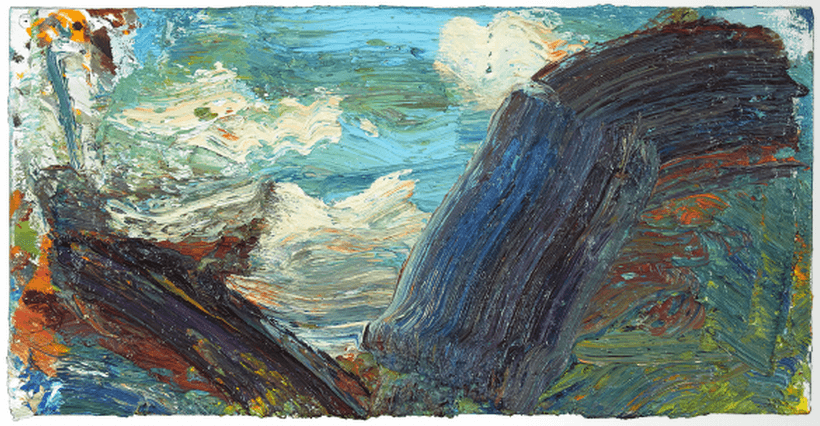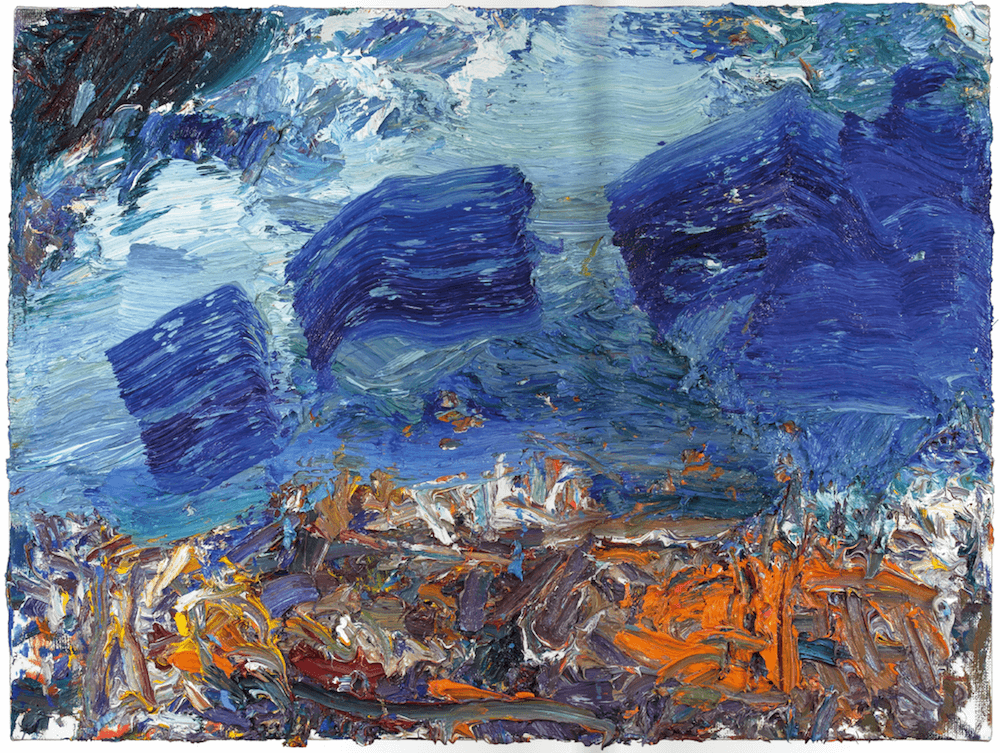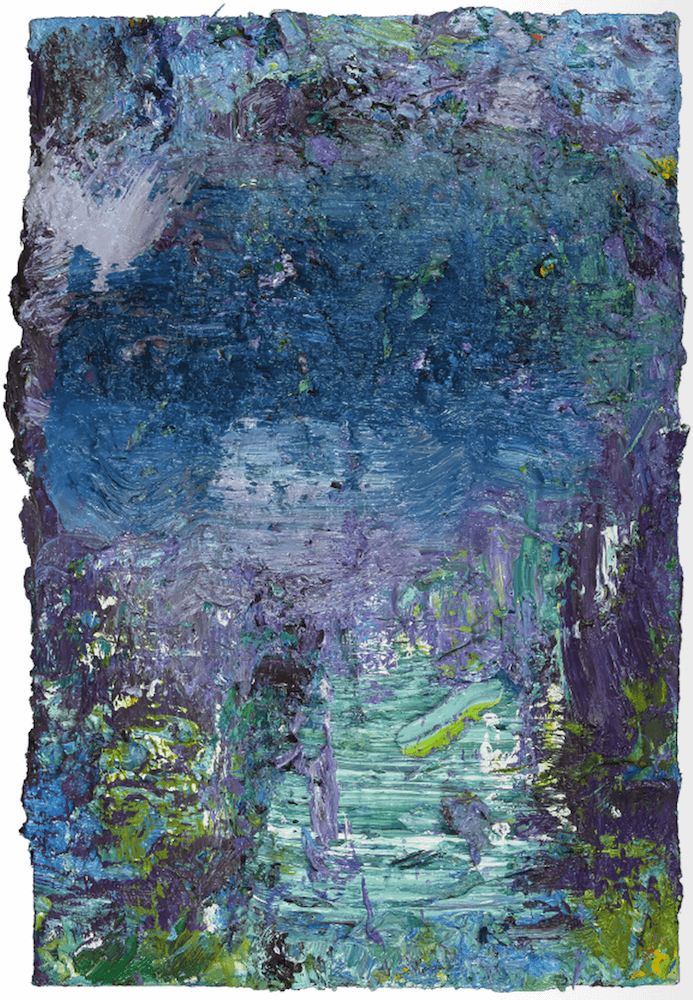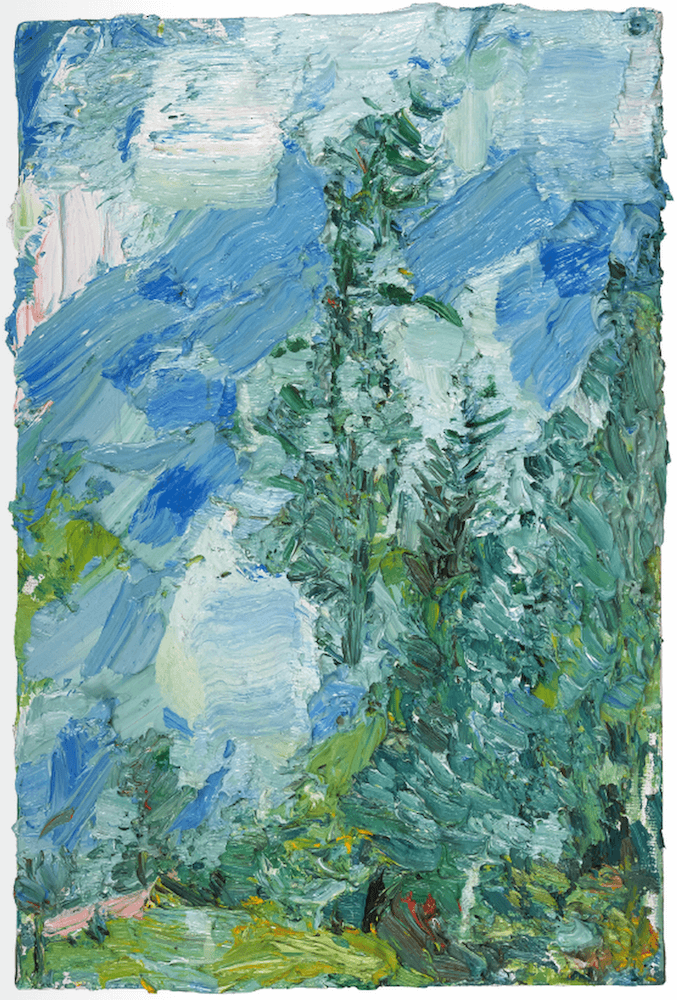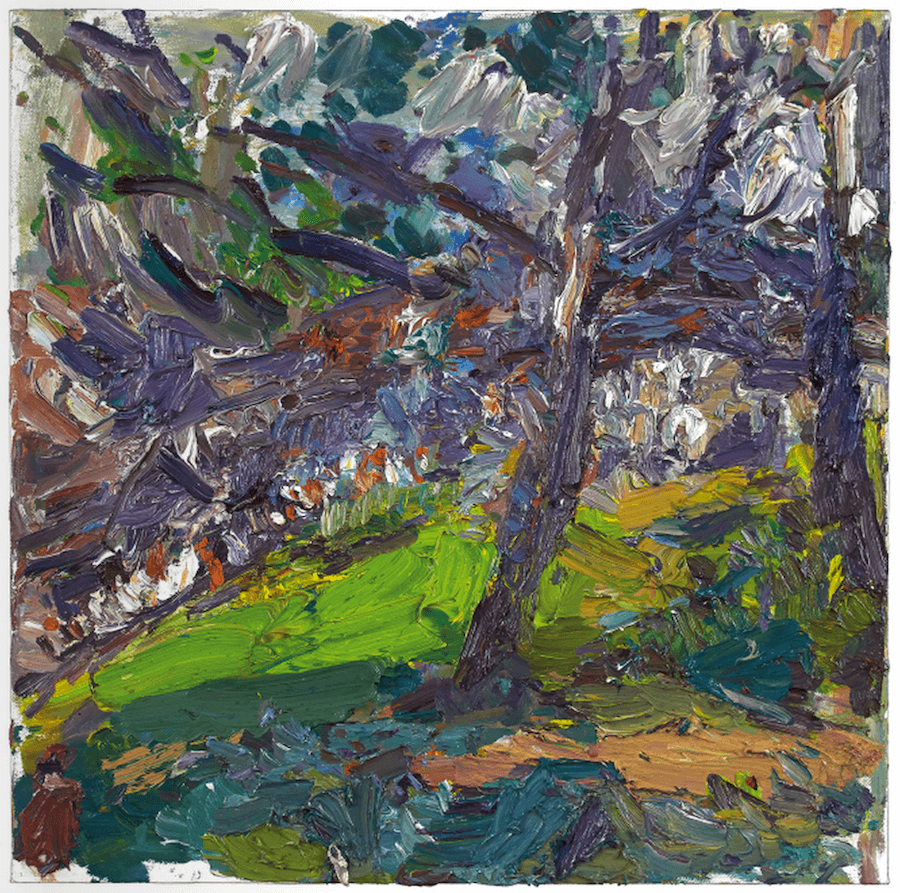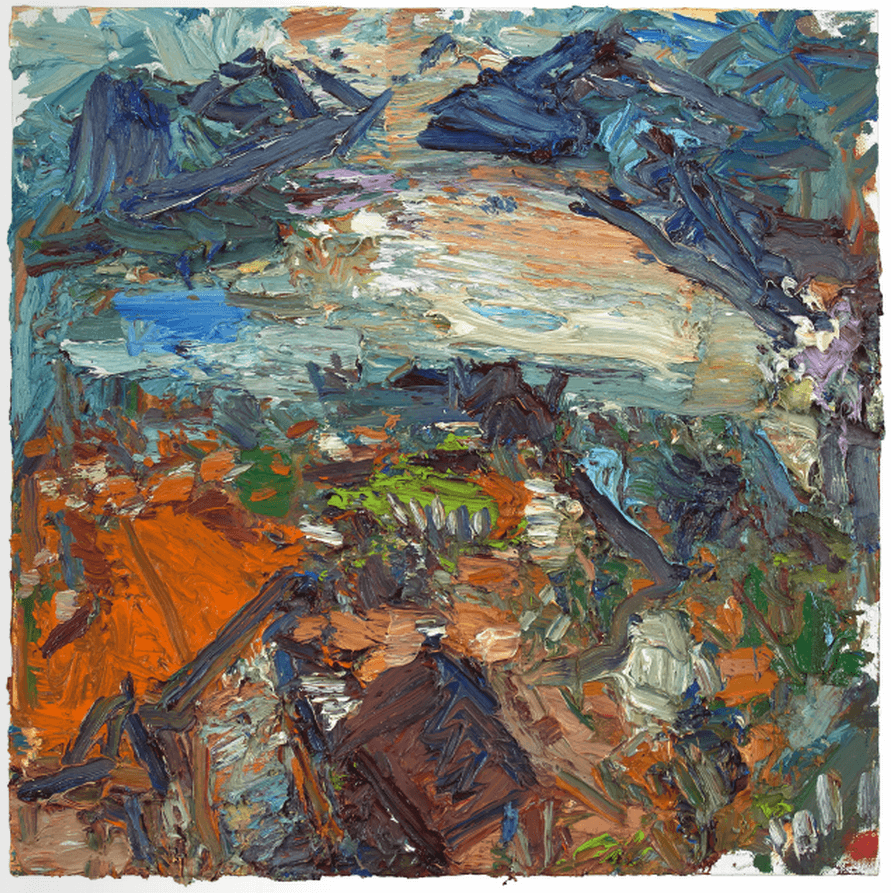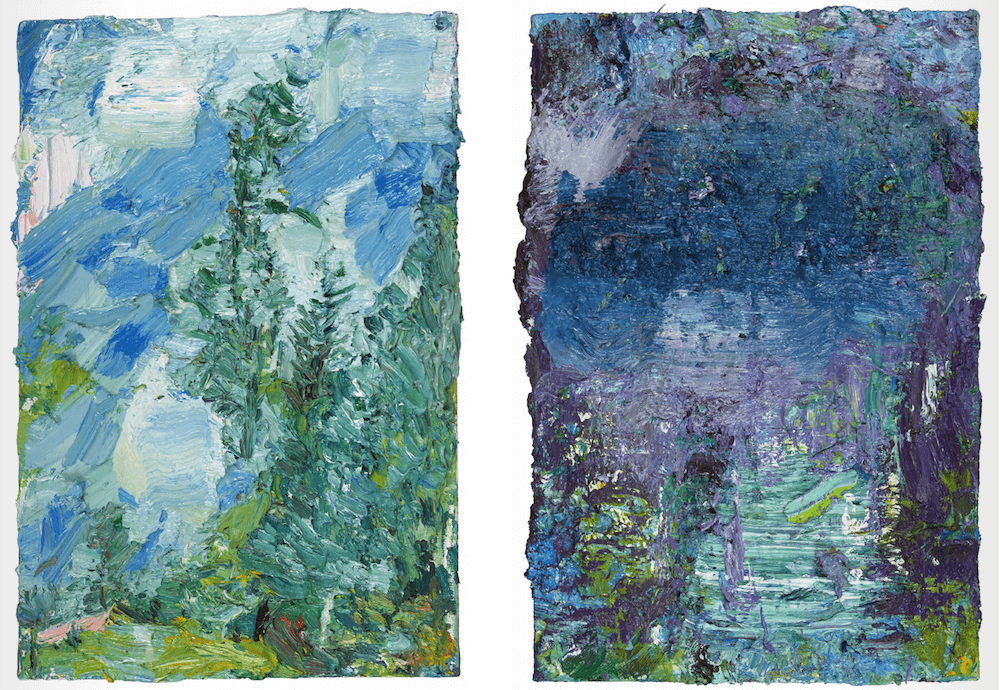Ying Li: Foreign Terrain
Gallery of the College of Staten Island, New York
April 9 -May 14, 2014
Ying Li’s paintings fuse natural phenomena and the act of painting. In them, the manipulation of paint and the act of seeing are simultaneous, distinct yet inseparable.
In her recent paintings, completed during a residency at Centro Incontri Umani Ascona in Switzerland, Li painted for the first time at high altitude, a plein-air extreme well suited to her strengths as a painter. The high vantage points offered by the mountain village alter the spatial organization of the landscape. Rather than seeing through space, Li engaged with a dynamic top-down space that plunges even as it recedes creating a natural, vertiginous abstraction. At altitude Li was also closer to the light, closer to the weather, closer to the environmental changes that have informed her work for many years.
The pace of visual change in the mountains is matched in Li’s paintings, their insistent, rippling materiality – paint as brilliantly “colored mud” – morphs rapidly into a vivid realized scenes; transporting the viewer to dizzying heights where brilliant light might be quickly extinguished by settling fog.
Just as quickly, painterly incident returns the viewer’s attention to the painting’s surface; the painting once again revealing itself as a made thing. This back-and-forth experience is rhythmic rather than disruptive – there is a visual beating or, more accurately, a visual breathing. Like Soutine, Li is able to keep the shifting effect in motion.
In the last century, perception and abstract construction were so convincingly severed by modernism that a natural integration of the two now feels nearly beyond reach. Language and ideas have replaced seeing as the primary impetus for much of today’s abstract painting, while many of today’s figurative canvases too eagerly declare their abstract formal achievements.
Through her simultaneous sensitivity to material and motif, Li unites the tradition of perceptual painting with the language of Abstract Expressionism, perhaps better than any painter working today. Her paintings return a fullness to the art, reconnecting to a painterly lineage that includes Pissarro, de Staël, Soutine, Van Gogh, and Monticelli – a tradition of painters for whom physical and visual sensation are one and the same.
